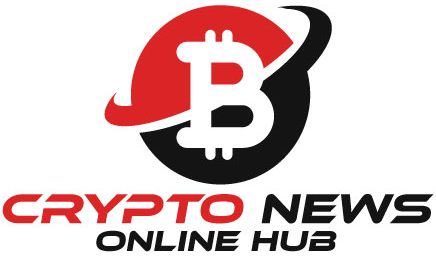Bolivia Sees Spike in USDT Adoption, Says Tether CEO Paolo Ardoino

USDT Pricing Hits Retail Shelves in Bolivia
A quiet but significant shift is taking place in Bolivian retail stores, where many everyday products—such as Cadbury Dairy Milk and Oreo—are now priced in USDT, the dollar-pegged stablecoin issued by Tether. Images from local shops reveal product tags clearly marked with USDT values, signaling a deeper integration of digital currency into daily commerce.
Economic Instability Pushes Consumers Toward Digital Dollars
Tether CEO Paolo Ardoino recently shared these developments on social media, highlighting the growing role of USDT in Bolivia’s consumer market. The transition comes in response to ongoing economic instability and the diminishing value of the local currency, the Boliviano. For many residents, stablecoins offer a reliable alternative to preserve purchasing power.
Ardoino’s posts show items like sunglasses and Milka chocolate now being sold with USDT-denominated prices. This shift isn’t just anecdotal; according to the Central Bank of Bolivia, certain goods in the country are now officially priced only in USDT. As a result, an increasing number of Bolivians are turning to digital dollars for everyday transactions.
The Rise of Retail Crypto Payments
This move reflects a broader trend in the crypto market, where stablecoins are gaining traction in real-world use cases. The visible pricing in USDT means that shoppers are no longer relying on the Boliviano. Instead, they’re using digital wallets to pay directly with stablecoins—a major departure from traditional cash-based transactions.
Bolivia’s adoption of USDT could serve as a case study for other emerging economies facing similar monetary challenges. Experts view this development as a milestone that could lead to wider adoption of stablecoins across Latin America and beyond. As platforms like Coinbase improve access and reduce account freezes, global adoption may accelerate even further.
Digital Payments and the Path Ahead
With this growing use of digital currency, questions around regulation and government oversight are also beginning to surface. Currently, there is no comprehensive policy framework in place to govern stablecoin usage in Bolivia, but the rapid adoption suggests that such regulation may become necessary sooner rather than later.
This shift represents more than just a tech trend—it’s a response to economic necessity. Many Bolivians may soon have the ability to convert their Bolivianos into USDT through official channels, as suggested by proposals from the nation’s central bank. This would give citizens a clearer path to protect their money from inflation and fluctuating exchange rates.
What’s unfolding in Bolivia is a blend of innovation and adaptation, where technology is stepping in to meet everyday needs. As more retailers move toward USDT-based pricing, digital currency may soon become a normalized part of Bolivia’s economic landscape.
For now, Bolivia stands at the forefront of a retail revolution—one where digital dollars, not local fiat, are shaping the future of consumer transactions.













